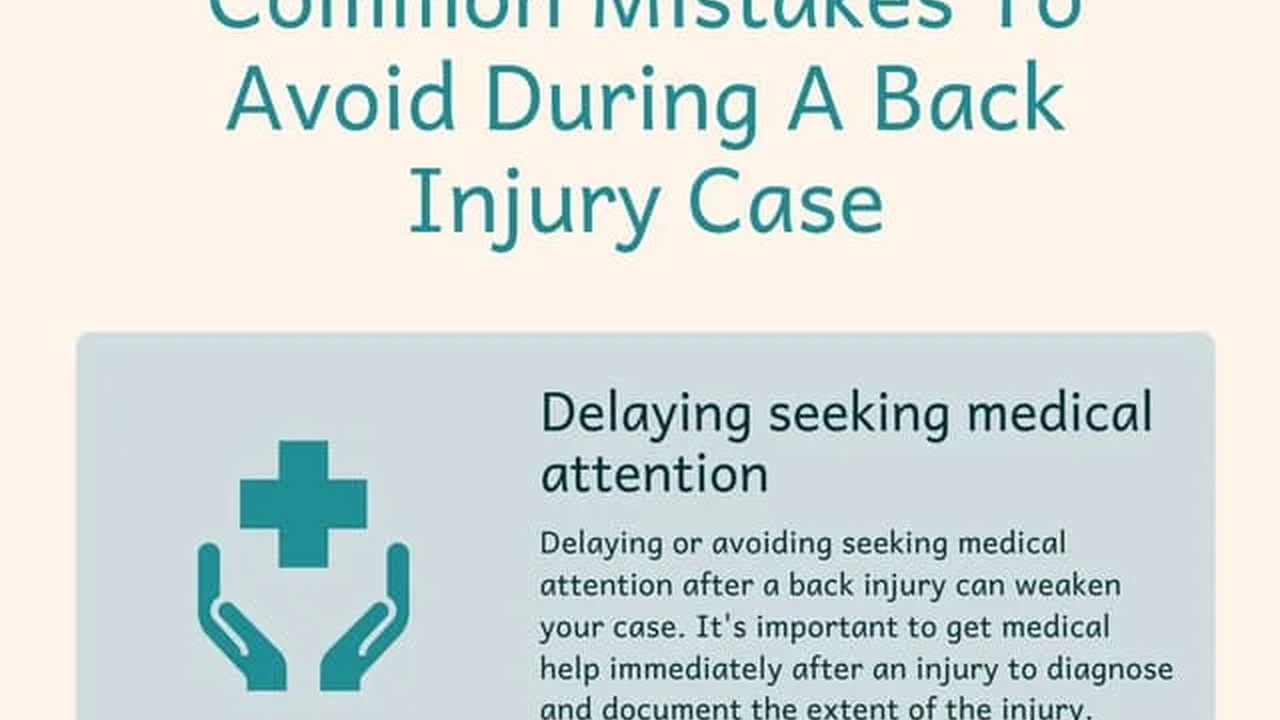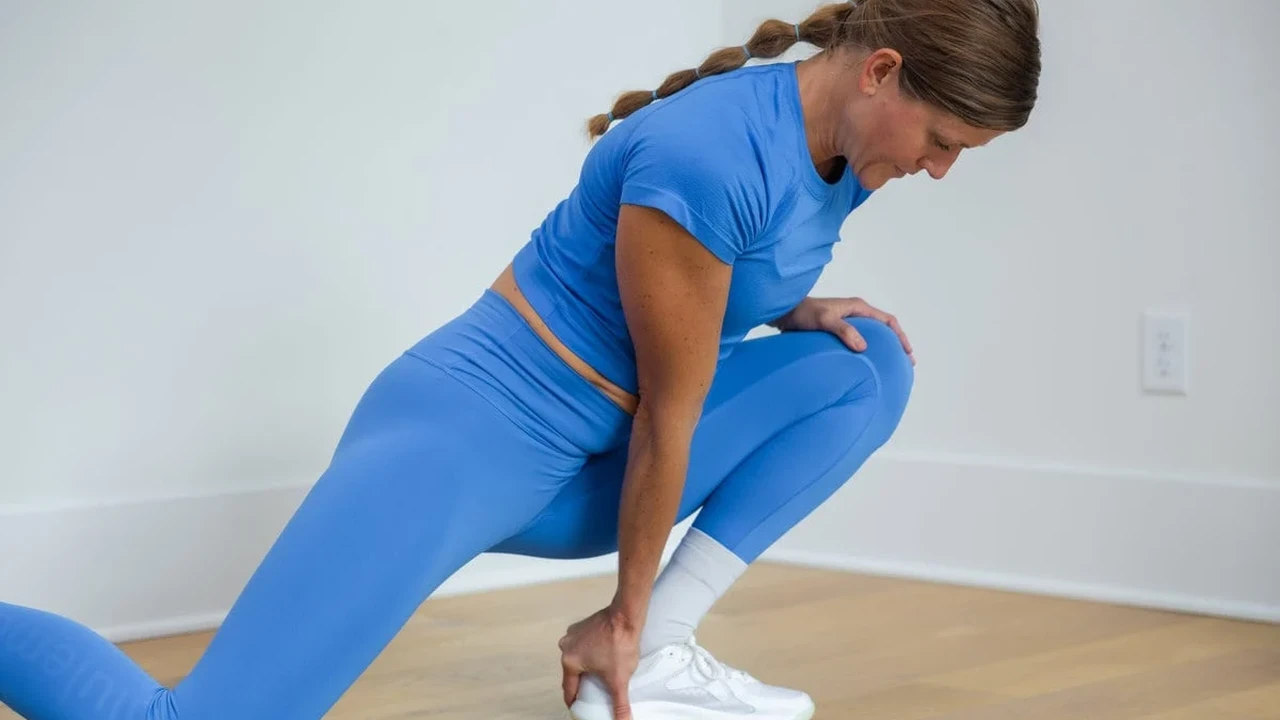Best Elbow Braces for Support and Protection

Elbow pain can be a real drag impacting everything from your golf swing to typing at your desk. Let's dive into understanding elbow and wrist injuries exploring various treatments and solutions to get you back on track. This guide covers everything from elbow braces to exercises and beyond helping you navigate the world of elbow and wrist health.
Understanding Common Elbow and Wrist Injuries
So what exactly causes that nagging pain in your elbow or wrist? Well a few culprits are common. Think about overuse repetitive motions or sudden impacts. These can lead to a range of issues. Let's break down some of the usual suspects:
Tennis Elbow Lateral Epicondylitis Explained
Tennis elbow or lateral epicondylitis isn't just for tennis players. It's a condition affecting the tendons on the outside of your elbow. Activities involving repetitive wrist extension like painting carpentry or even prolonged computer use can trigger it. The pain typically radiates from the outside of your elbow down your forearm.
Golfer's Elbow Medial Epicondylitis Detailed
On the flip side we have golfer's elbow or medial epicondylitis. This affects the tendons on the inside of your elbow. Think of activities requiring repetitive wrist flexion like golfing weightlifting or even certain types of cooking. The pain is usually felt on the inner side of your elbow and can extend down your forearm.
Carpal Tunnel Syndrome Demystified
Carpal tunnel syndrome is a condition affecting the median nerve in your wrist. This nerve provides sensation to your thumb index middle and part of your ring finger. When the carpal tunnel the narrow passageway in your wrist becomes compressed it can lead to numbness tingling and pain in your hand and fingers. Repetitive hand movements forceful gripping and certain medical conditions can contribute to carpal tunnel syndrome.
Wrist Sprains and Strains Understanding the Difference
Wrist sprains involve the ligaments the tough bands of tissue that connect bones. A sudden injury like a fall or a twisting motion can stretch or tear these ligaments. Wrist strains on the other hand affect the muscles and tendons. Overuse or sudden forceful movements can cause strains. Both sprains and strains can result in pain swelling and limited range of motion.
Elbow Bursitis Olecranon Bursitis Unveiled
Elbow bursitis or olecranon bursitis occurs when the bursa a fluid-filled sac that cushions the elbow joint becomes inflamed. This can be caused by direct trauma repetitive pressure or infection. Symptoms include swelling pain and tenderness at the tip of the elbow.
Elbow Brace Selection Guide Finding the Right Support
Elbow braces can be a game-changer when it comes to managing elbow pain and supporting healing. But with so many options out there how do you choose the right one? Let's explore different types of elbow braces and their specific uses:
Elbow Sleeves Compression and Support
Elbow sleeves provide compression and support which can help reduce pain and swelling. They're often used for mild to moderate elbow pain and can be worn during activities to provide extra stability. Look for sleeves made from breathable moisture-wicking materials for maximum comfort.
Product Recommendation: The TechWare Pro Elbow Brace Compression Sleeve is a popular choice known for its comfortable fit and effective compression. It's great for everyday use and light activities. You can usually find it for around $20-$30.
Elbow Straps Counterforce Relief
Elbow straps or counterforce braces apply pressure to the tendons in your forearm reducing the stress on your elbow joint. They're particularly effective for tennis elbow and golfer's elbow. These straps help distribute the force of muscle contractions minimizing pain and promoting healing.
Product Recommendation: The Cho-Pat Dual Action Elbow Strap is a well-regarded option. It features two straps that provide targeted compression above and below the elbow joint. It's a bit pricier usually around $30-$40 but many users find it worth the investment.
Hinged Elbow Braces Maximum Stability
Hinged elbow braces offer maximum stability and support. They're often used after elbow injuries or surgeries to restrict movement and promote healing. These braces typically have adjustable hinges that allow you to control the range of motion.
Product Recommendation: The DonJoy X-Act ROM Elbow Brace is a top-of-the-line hinged brace. It's adjustable comfortable and provides excellent support. However it's a more expensive option usually costing around $150-$200.
Elbow Splints Immobilization and Rest
Elbow splints are designed to immobilize the elbow joint. They're often used for severe injuries fractures or after surgery. Splints provide complete rest allowing the tissues to heal properly.
Product Recommendation: The OTC Elbow Immobilizer Splint is a simple and affordable option. It provides good immobilization and is easy to adjust. You can typically find it for around $20-$30.
Wrist Brace Options Finding the Right Fit for Your Needs
Just like elbow braces wrist braces come in various styles each designed for specific purposes. Let's explore some of the most common types:
Wrist Splints Immobilization and Support
Wrist splints are designed to immobilize the wrist joint. They're often used for carpal tunnel syndrome wrist sprains or fractures. Splints provide support and prevent movement allowing the tissues to heal.
Product Recommendation: The Mueller Fitted Wrist Brace is a popular choice for carpal tunnel syndrome. It provides good support and is comfortable to wear. It usually costs around $20-$30.
Wrist Wraps Compression and Stability
Wrist wraps provide compression and stability. They're often used during activities to prevent injuries or provide extra support. Wraps can be adjusted to provide the desired level of compression.
Product Recommendation: The Rip Toned Wrist Wraps are a favorite among weightlifters. They provide excellent support and stability during heavy lifts. They usually cost around $20-$30.
Thumb Spica Splints Supporting the Thumb
Thumb spica splints immobilize the thumb and wrist. They're often used for thumb injuries like De Quervain's tenosynovitis or gamekeeper's thumb. These splints provide support and prevent movement of the thumb allowing it to heal.
Product Recommendation: The 3-Point Products Oval-8 Finger Splint while technically a finger splint can be used to support the thumb joint if you need minimal support. It's discreet and comfortable. A set of these usually costs around $20-$30.
Elbow and Wrist Exercises Strengthening and Flexibility
Besides braces exercises can play a crucial role in managing elbow and wrist pain and preventing future injuries. Let's explore some effective exercises for strengthening and improving flexibility:
Wrist Extension Exercises Building Strength
Wrist extension exercises strengthen the muscles on the back of your forearm. Sit with your forearm resting on a table and your wrist extending beyond the edge. Hold a light weight (e.g. a can of soup) and slowly bend your wrist upwards. Repeat 10-15 times.
Wrist Flexion Exercises Increasing Flexibility
Wrist flexion exercises strengthen the muscles on the palm side of your forearm. Sit with your forearm resting on a table and your wrist extending beyond the edge. Hold a light weight and slowly bend your wrist downwards. Repeat 10-15 times.
Forearm Pronation and Supination Exercises
Forearm pronation and supination exercises improve the rotation of your forearm. Sit with your elbow bent at a 90-degree angle and your palm facing up. Slowly rotate your forearm so that your palm faces down. Then rotate it back to the starting position. Repeat 10-15 times.
Grip Strengthening Exercises
Grip strengthening exercises improve your hand strength. Use a stress ball or a hand gripper and squeeze it as hard as you can. Hold for a few seconds and then release. Repeat 10-15 times.
Finger Extension Exercises
Finger extension exercises improve the flexibility and strength of your fingers. Place a rubber band around your fingers and thumb. Slowly open your hand stretching the rubber band. Repeat 10-15 times.
Alternative Treatments for Elbow and Wrist Pain Exploring Options
In addition to braces and exercises several alternative treatments can help manage elbow and wrist pain. Let's explore some of these options:
Physical Therapy Personalized Treatment Plans
Physical therapy involves a personalized treatment plan that may include exercises stretches manual therapy and other techniques. A physical therapist can help you identify the underlying causes of your pain and develop a strategy to address them.
Occupational Therapy Improving Functionality
Occupational therapy focuses on improving your ability to perform daily activities. An occupational therapist can teach you ergonomic techniques and provide adaptive equipment to reduce stress on your elbow and wrist.
Acupuncture Traditional Chinese Medicine
Acupuncture is a traditional Chinese medicine technique that involves inserting thin needles into specific points on the body. Some studies suggest that acupuncture can help reduce pain and inflammation.
Massage Therapy Relieving Muscle Tension
Massage therapy can help relieve muscle tension and improve circulation. A massage therapist can use various techniques to address pain and stiffness in your elbow and wrist.
Chiropractic Care Spinal Alignment
Chiropractic care focuses on the alignment of the spine. A chiropractor may use spinal adjustments to reduce pain and improve overall function. While not directly targeting the elbow or wrist spinal alignment can sometimes alleviate referred pain.
Ergonomics and Prevention Tips Maintaining Elbow and Wrist Health
Preventing elbow and wrist injuries is key to maintaining long-term health. Let's explore some ergonomic tips and preventive measures:
Proper Posture at Your Workstation
Maintain good posture while sitting at your desk. Keep your shoulders relaxed and your elbows close to your body. Adjust your chair and monitor so that your wrists are in a neutral position.
Keyboard and Mouse Positioning Optimizing Comfort
Position your keyboard and mouse close to your body to minimize reaching. Use a wrist rest to support your wrists and keep them in a neutral position. Consider using an ergonomic keyboard and mouse.
Taking Breaks Regular Movement
Take frequent breaks to stretch and move around. Avoid prolonged periods of repetitive motion. Get up and walk around every 20-30 minutes.
Proper Lifting Techniques Reducing Strain
Use proper lifting techniques to avoid straining your elbow and wrist. Bend your knees and keep your back straight. Hold objects close to your body and avoid twisting.
Warm-Up and Cool-Down Stretching Routine
Warm up before activities and cool down afterward. Perform gentle stretches to improve flexibility and reduce the risk of injury. Focus on stretching your wrist forearm and shoulder muscles.
Elbow and Wrist Pain When to See a Doctor
While many elbow and wrist injuries can be managed with self-care measures it's important to know when to seek medical attention. Consult a doctor if:
- Your pain is severe or doesn't improve with rest and over-the-counter pain relievers.
- You have numbness tingling or weakness in your hand or fingers.
- You have difficulty moving your elbow or wrist.
- You suspect a fracture or dislocation.
- Your pain interferes with your daily activities.
Product Comparisons Elbow Braces Showdown
Let's compare some of the elbow braces we mentioned earlier to help you make an informed decision:
TechWare Pro vs Cho-Pat Dual Action
The TechWare Pro Elbow Brace Compression Sleeve is a great option for mild to moderate pain providing compression and support. It's comfortable and affordable. The Cho-Pat Dual Action Elbow Strap on the other hand provides targeted compression and is more effective for tennis elbow and golfer's elbow. It's a bit more expensive but offers greater relief for specific conditions.
DonJoy X-Act ROM vs OTC Elbow Immobilizer
The DonJoy X-Act ROM Elbow Brace is a high-end hinged brace providing maximum stability and range of motion control. It's ideal for post-surgery or severe injuries. The OTC Elbow Immobilizer Splint is a simple and affordable option for immobilizing the elbow. It's suitable for fractures or when complete rest is needed.
Wrist Brace Comparisons Choosing the Right Support
Now let's compare some wrist braces:
Mueller Fitted Wrist Brace vs Rip Toned Wrist Wraps
The Mueller Fitted Wrist Brace is designed for carpal tunnel syndrome providing support and immobilization. It's comfortable and affordable. The Rip Toned Wrist Wraps are designed for weightlifting providing compression and stability during heavy lifts. They're durable and effective for preventing wrist injuries during exercise.
Pricing Considerations Budget-Friendly Options
Elbow and wrist braces range in price from affordable to expensive. Compression sleeves and straps are generally more affordable while hinged braces and splints tend to be pricier. Consider your budget and the severity of your condition when making your decision. Look for sales and discounts to save money.
User Reviews and Testimonials Real-World Experiences
Reading user reviews and testimonials can provide valuable insights into the effectiveness and comfort of different elbow and wrist braces. Pay attention to reviews that mention specific conditions or activities similar to yours. Look for patterns in the reviews to get a sense of the overall user experience.
Beyond Braces Holistic Approach to Healing
Remember that elbow and wrist pain management is often a holistic process. Consider incorporating exercises ergonomic adjustments and alternative treatments into your routine. Listen to your body and adjust your activities as needed. Patience and consistency are key to achieving long-term relief.
The Importance of Early Intervention Preventing Chronic Issues
Addressing elbow and wrist pain early can prevent it from becoming a chronic issue. Don't ignore persistent pain or discomfort. Seek medical attention if necessary and follow your doctor's recommendations. Early intervention can help you avoid long-term complications and maintain your quality of life.
Staying Active Modifying Activities for Comfort
Even with elbow or wrist pain it's important to stay active. Modify your activities to reduce stress on your joints. Choose low-impact exercises like walking swimming or cycling. Avoid activities that aggravate your pain.
Nutrition and Inflammation Managing Diet for Joint Health
Nutrition can play a role in managing inflammation and promoting joint health. Eat a balanced diet rich in fruits vegetables and whole grains. Avoid processed foods sugary drinks and excessive amounts of red meat. Consider taking supplements like omega-3 fatty acids or glucosamine chondroitin.
Sleep and Recovery Allowing Your Body to Heal
Getting enough sleep is crucial for recovery and healing. Aim for 7-8 hours of sleep per night. Create a relaxing bedtime routine and make sure your sleeping environment is dark quiet and comfortable.
Mental Health and Pain Management Coping Strategies
Chronic pain can take a toll on your mental health. Practice stress-reduction techniques like meditation yoga or deep breathing. Seek support from friends family or a therapist. Remember that you're not alone and there are resources available to help you cope with pain.
Future Innovations in Elbow and Wrist Treatment What's Next
The field of elbow and wrist treatment is constantly evolving. Researchers are exploring new technologies and therapies to improve outcomes. Keep an eye out for advancements in areas like regenerative medicine minimally invasive surgery and personalized medicine.
:max_bytes(150000):strip_icc()/277019-baked-pork-chops-with-cream-of-mushroom-soup-DDMFS-beauty-4x3-BG-7505-5762b731cf30447d9cbbbbbf387beafa.jpg)






